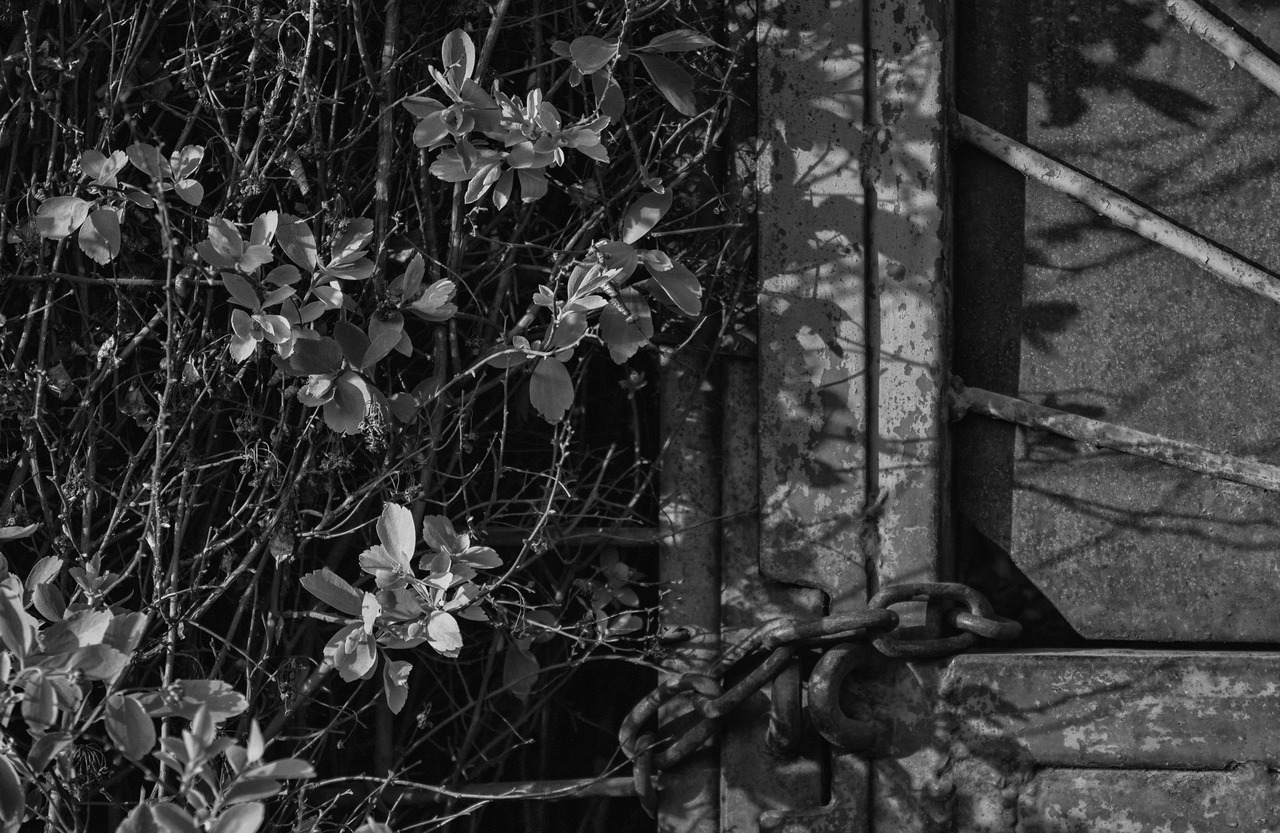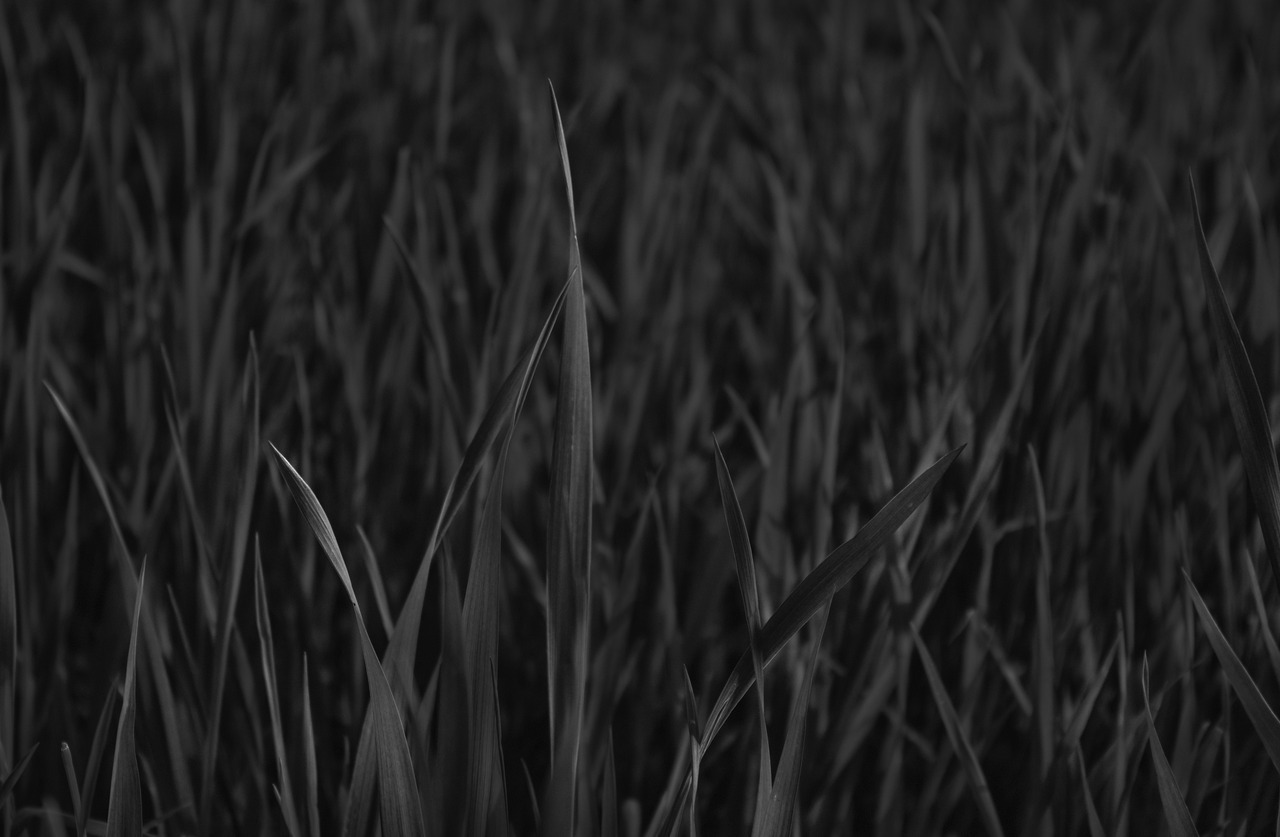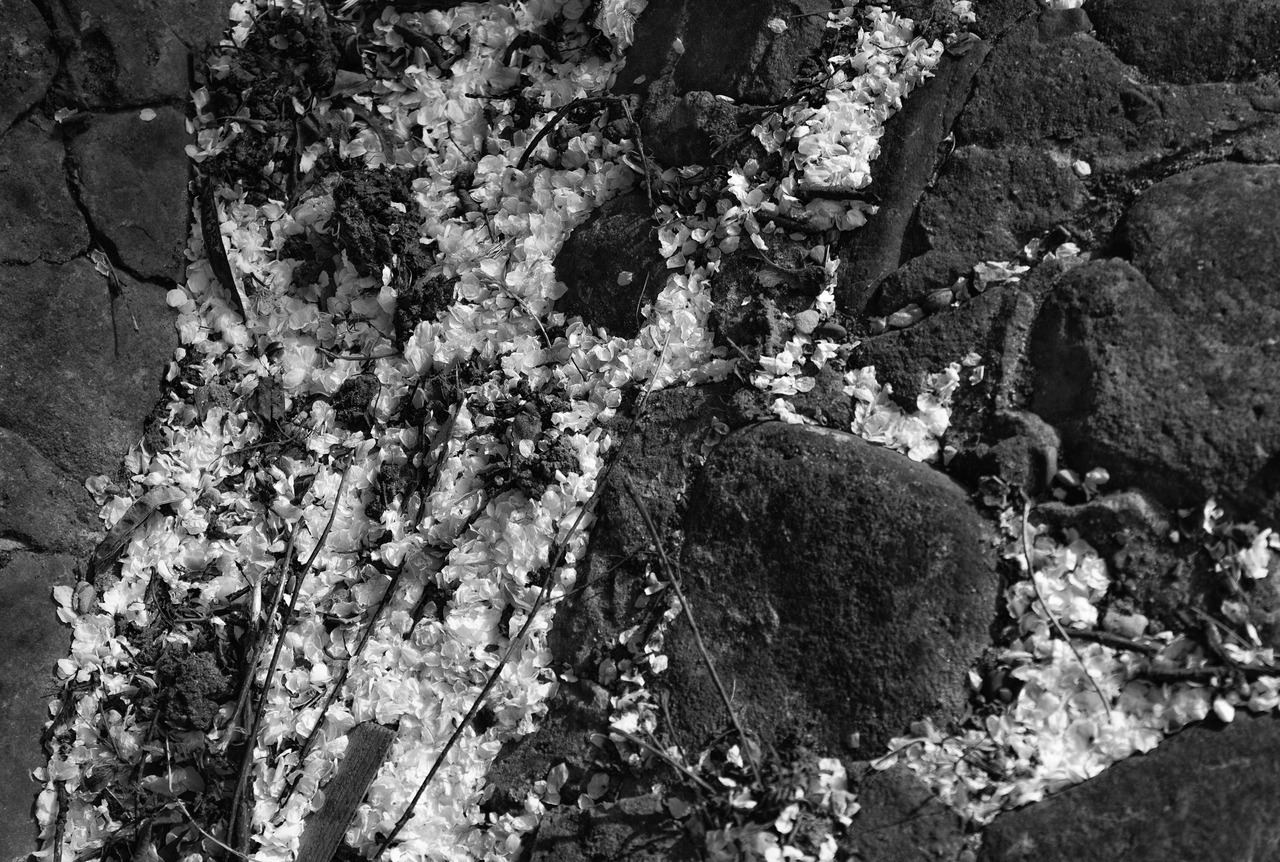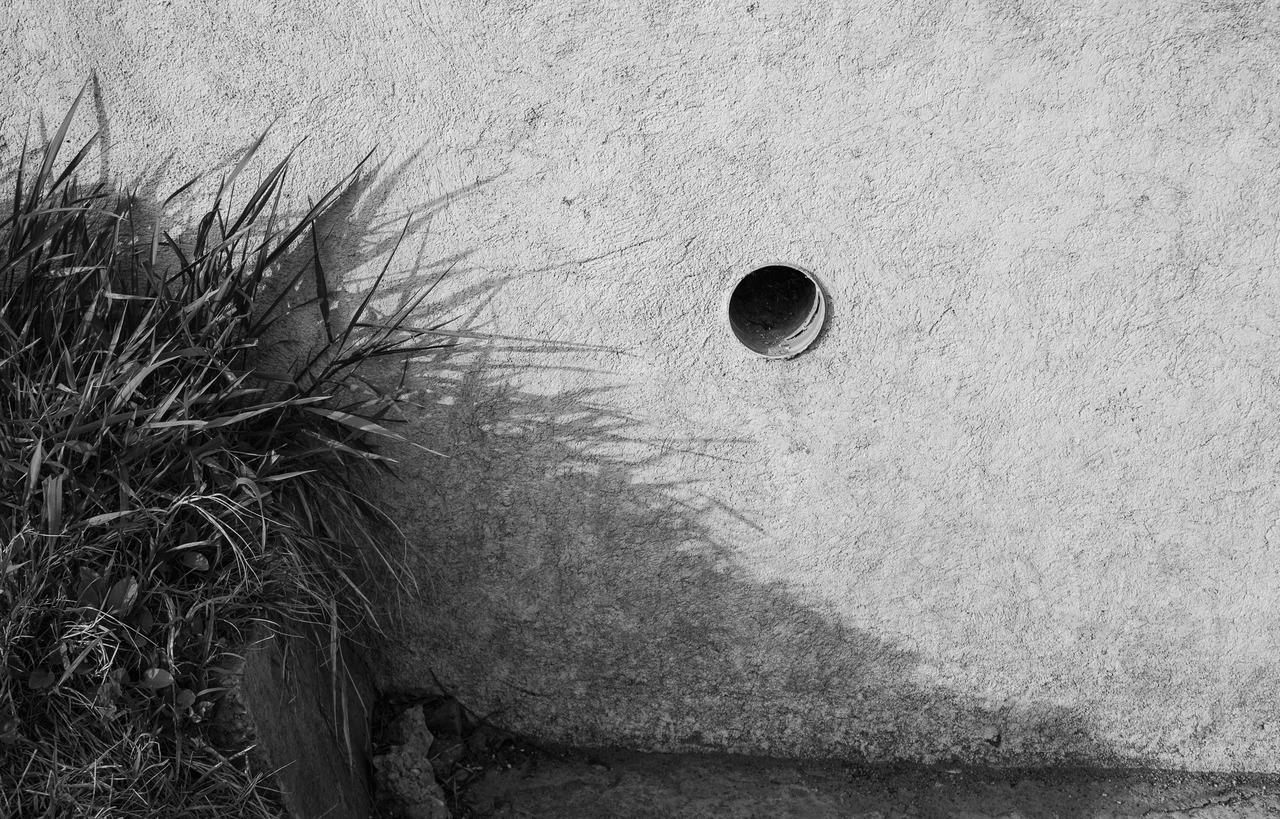
Each person perceives things differently, from sensations to colours, people, situations. To eliminate one of those factors (the colour), I decided to build a small part of Spring’s face in black and white. Also, I didn’t photograph the most classic things that would represent Spring (even though the photos illustrate nature or parts of it in a way or another).

Through photographing in monochrome I wanted to highlight the subject, to personify it in a way. I’m not only seeing the grass, but it can represent much more than the obvious; a family, a circle of friends, bad guys, et cetera. Just as Susan Sontag states in her essay, “In Plato’s Cave“, photographs are shadows of reality. They can be interpreted any way the viewer pleases.

The subject of this photographic essay is Spring. For many, Spring can represent change, a new beginning, hope and so on; for others, it’s the most difficult period of the year. Change does not inspire optimism anymore, but fear, suffering. Even if we tend to believe that Autumn and Winter would be the seasons in which the number of suicides is the highest, Spring is the time of the year when this number rises (in some cases by more than 50%). Therefore the subject of this photographic essay is suicide.

Diane Arbus once said: “I really believe there are things nobody would see if I didn’t photograph them.” In those photos I see myself. Self-portraits. They are a part of me because they’re the way I perceive Spring. I strongly believe that nobody would see the real me if I didn’t photograph.

The subject of this photographic essay is myself, the photographer; or me, the viewer. The subject of this photographic essay is me, nobody. Me, anyone. Anything. It’s easy to give meaning to images. To look for explanations. The hardest is to look… to look and no more than that. To not look for answers to questions, or not to question at all. It is just as hard as finding a subject that’s worth being photographed in a space we are very familiar with. In a new space, the eye searches continually and finds almost as much. I tried to find interesting subjects in a familiar space, like the garden. I found what I didn’t expect and still much more than expected.

This photographic essay is about anything, anyone; about ideas. The subjects chosen are mere pretexts for illustrating them, in one way or another. Images are perceived in various ways. The ideas “encrypted” in these photographs are ideas that the viewer conceives. I, the photographer, choose not to send any kind of message through these images. Without this text, they mean anything the viewer pleases.